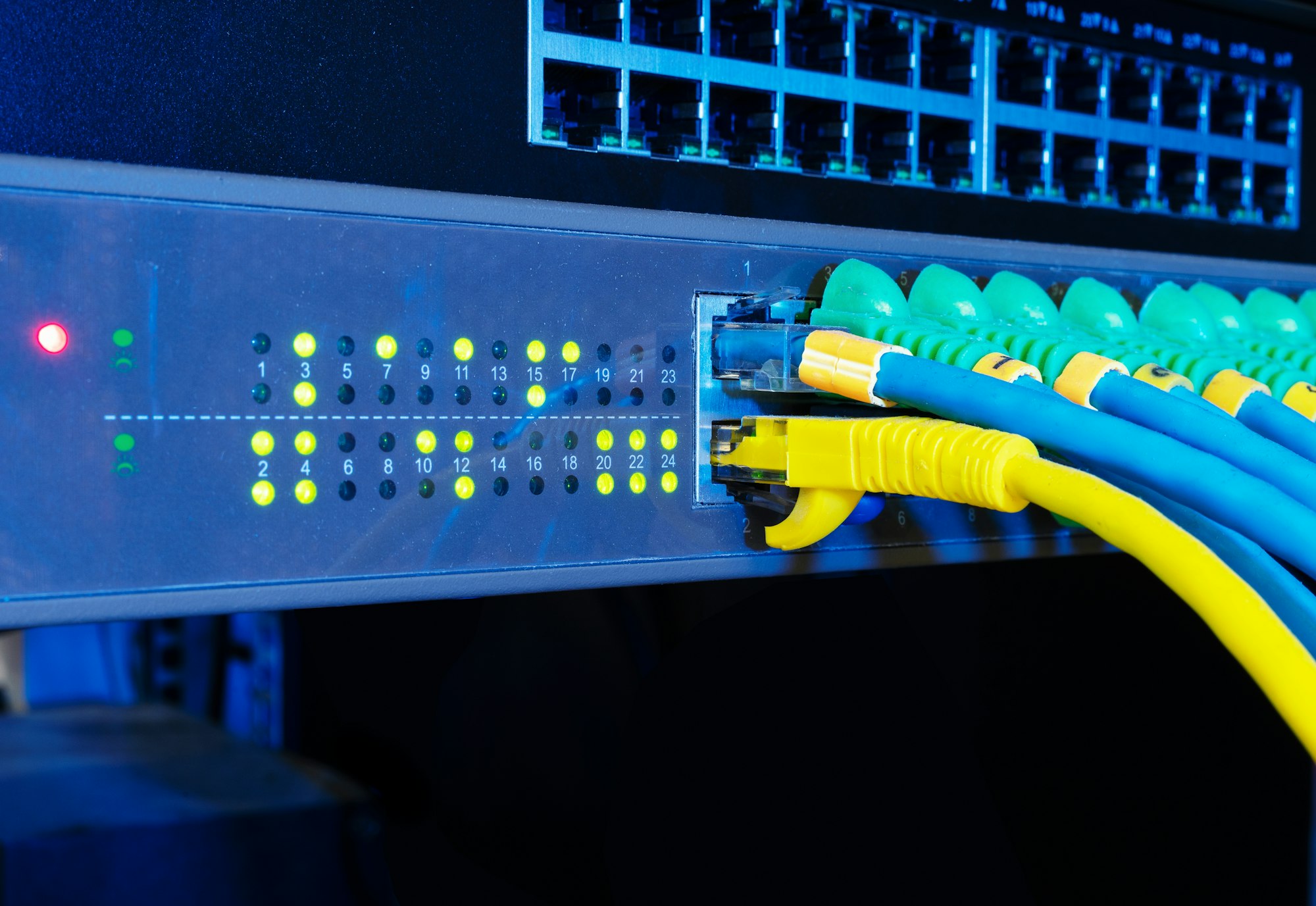Essential tips for patch management on linux servers

Effective patch management on Linux servers is vital for maintaining security and stability. Prioritizing updates can mitigate vulnerabilities and enhance system reliability. This guide provides essential tips to streamline your patch management processes, including best practices for identifying systems that require attention and tools that can simplify your approach. With the right strategies, you can ensure a smooth, efficient update experience that safeguards your infrastructure.
Essential tips for patch management on Linux servers
Timely patch applications are critical for enhancing both the security and stability of Linux servers. By promptly addressing vulnerabilities, you safeguard your systems against potential threats and ensure smooth operation. It is generally advised to install security patches within two weeks of release, or within 48 hours if a known exploit exists. In contrast, bug fixes and feature updates can be tested more thoroughly before deployment.
A lire aussi : Discover the ultimate video maker for effortless creation
Identifying and prioritizing systems needing updates is a fundamental step. Start by cataloguing your Linux systems and their versions. Use tools tailored to your specific distributions, such as APT for Debian-based systems or YUM for Red Hat-based systems. This ensures that patches are applied efficiently and effectively.
Effective patch management involves using strategies and tools that streamline the process. Automated patch management tools can mitigate human error and allow for rollbacks if issues arise. Testing patches before full deployment is crucial to avoid widespread issues. Implement a regimented testing process to reduce risks, and develop a patch management policy to standardize procedures. Check out this guide to keep updated your linux servers.
En parallèle : Unlock the excitement of a crystal mystery box journey
Automated solutions and scheduling in patch management
Automated patch deployment significantly reduces human error, ensuring consistent and timely updates across Linux servers. By using tools like Ansible, Puppet, or Chef, administrators can streamline the patching process, enhancing efficiency and reliability. These tools not only automate the deployment but also offer rollback capabilities, allowing for quick recovery in case of patch failures. This approach minimizes manual intervention, reducing the likelihood of errors and ensuring patches are applied consistently across all systems.
Scheduling and planning for optimal patch deployment
Creating an effective patch schedule is crucial for balancing the need for regular updates with minimizing downtime. Implementing a strategy that aligns with your organization's operational hours can reduce disruption. For example, scheduling updates during off-peak hours or utilizing live patching tools can maintain system uptime. Establishing a clear plan for patch deployment ensures that updates are timely and do not interfere with critical business operations.
Managing updates across multiple Linux distributions
Handling updates across various Linux distributions requires careful consideration of each environment's specific needs. Different distributions, like Ubuntu, CentOS, or Red Hat, may have unique patching tools and requirements. Understanding these differences and tailoring your approach ensures that updates are applied effectively, maintaining system integrity and performance. Employing a centralized management system can simplify this process, providing a unified platform to oversee updates across diverse environments.
Risk management and compliance in Linux patch management
Risk assessment is a cornerstone of effective patch management. Before deploying patches, conduct thorough testing to identify potential issues. This involves setting up a test environment that mirrors your production systems. By simulating patch deployment, you can catch errors early, reducing the risk of disruptions. Regular risk assessments help prioritize patches based on their impact and urgency, ensuring critical vulnerabilities are addressed swiftly.
Ensuring compliance with security standards
Aligning patch management strategies with compliance requirements is essential. Many industries have specific security standards that must be met, such as GDPR or HIPAA. Documenting and auditing patch updates ensures compliance and provides a clear record of maintenance activities. Tools like OpenSCAP can automate compliance checks, helping maintain adherence to necessary regulations while streamlining the auditing process.
Addressing challenges and pitfalls in patch management
Common pitfalls in patch management include neglecting end-of-life systems and failing to account for legacy software. These systems often lack official support, complicating patching efforts. To address this, consider using third-party patching solutions that extend support for outdated systems. Additionally, ensure a robust rollback plan is in place to quickly revert changes if a patch introduces unexpected issues, minimizing downtime and maintaining system stability.
